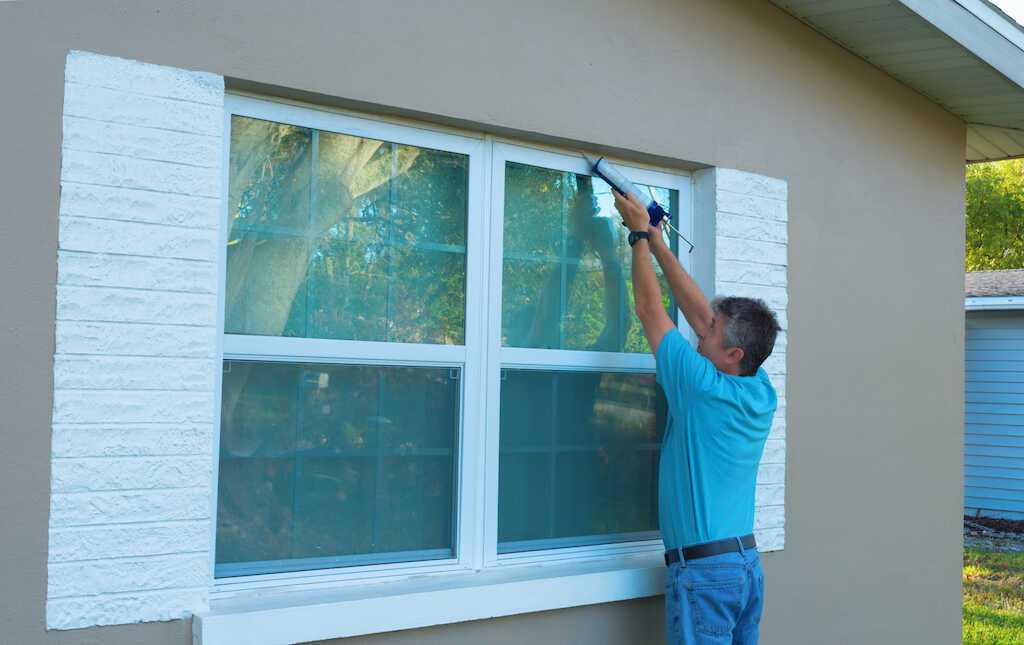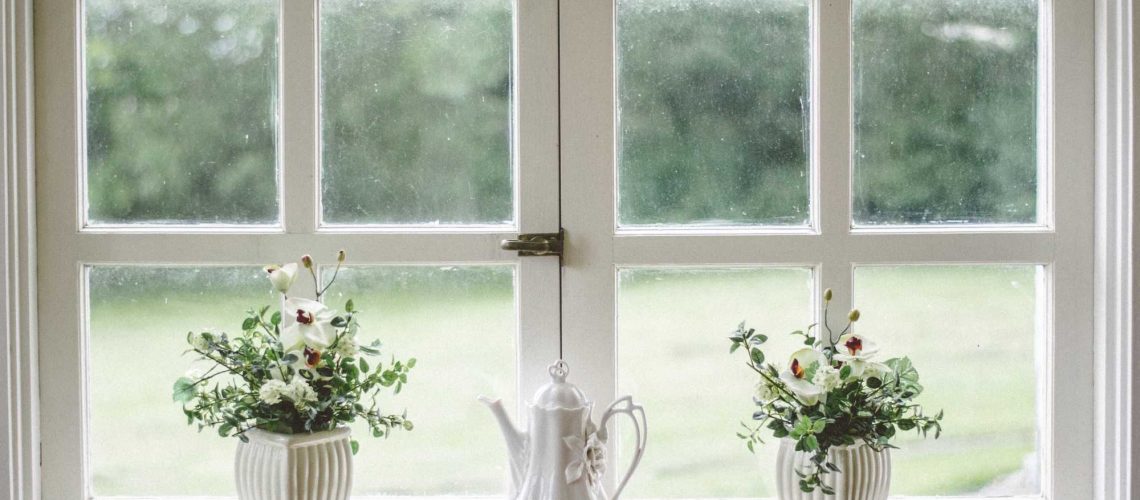Are you concerned about what your heating costs will be once the cold weather approaches? Are you wondering how you can save money on your bill?
When you weatherproof your house, you’re making it more resistant to the elements. You can weatherproof your windows, hot water heater, and crawl spaces.
Weatherproofing is an inexpensive way to make your house more efficient. But how do you start if you have no experience?
Here are some easy window weatherproofing tips to start you on your journey.
1. Don’t Wait
You won’t want to wait until the first frost before you weatherstrip your windows. By then, the chilly air will already be in your house and your energy bill will already be going up.
The best time to weatherstrip your windows is before it starts getting cold. If you see some brisk days in the forecast, get started on weatherstripping early.
If you’ve never installed weatherstripping before, you may want to enlist the help of a friend or family member who can walk you through a window or two so you feel more comfortable.
Foam weatherstripping is inexpensive, and it’s made to cover the gap between your window and window frame. It’s an easy and popular peel-off-and-stick method for warming up your house.

2. Choose Wisely
The type of weatherstripping you need will depend upon the size of the gap between your window door and frame, as well as the look you’re going for. It should fit tightly without making it difficult to keep your windows shut.
Be sure to measure the width of the area you want to weather strip before purchasing the stripping. Measure the length twice before you cut individual pieces to avoid waste.
Make sure the surface is dry when you apply your weather stripping, and push the tape snugly against the surface. The stripping should keep out moisture after it’s used.
3. Start With a Small Area
Before you start applying weather stripping to an entire window, use it on a small area and make sure the window can still open and close with ease. You won’t want to complete the entire job before realizing needs to get redone.
4. The Right Material
The most common type of material for weatherstripping is foam. While it’s the least expensive material, it’s also not designed to last as long as other materials, especially in places where there will be a lot of abrasions.
Felt is also inexpensive, but it tears easily. The material also requires great care when you install it. All-wool versions of felt weatherstripping are designed to be a bit more durable.
Vinyl also gets used sometimes. It’s slightly more expensive, but it holds up very well and resists moisture. Vinyl is designed to last longer due to its excellent resistance to moisture.
Some affordable metals are also sometimes used. These are made to last for years. You may consider using bronze, copper, or stainless steel. Oftentimes, aluminum gets used to reinforce other weatherstripping materials.
5. Consider Caulk
If needed, you can use caulk for extra insulation where the window frame joins to the wall. You’ll need a caulk gun and some caulk, which are easy to find at your local home improvement store.
Make sure to clean the area first and get rid of any old caulk with a screwdriver or putty knife. You can then apply caulk to all of the window joints between the frame and the wall. Be sure to hold your gun at a consistent forty-five-degree angle.
You can avoid air bubbles by getting right into the bottom of the opening. It’s best to caulk your windows before the weather gets too cold, as low humidity can prevent cracking. You also won’t want to try this when it’s too hot outside!

6. Add a Film
Window film is applied directly to your window. It can keep the heat in when it’s cold out, and even prevent your window against breakage during a storm.
Consider applying some film to your window for extra protection during the coldest months. You can use it on windows you don’t plan on opening and closing throughout the winter.
7. Insulate With Coverings
If you have large, decorative windows that heat escapes through, consider purchasing thermal curtains. They can reduce heat loss in your home by up to 25%. Thermal curtains have a vapor barrier and a film cover that deflects heat back into the room.
Today’s thermal curtains come in a variety of beautiful colors and patterns that will match with any decor.
8. An Extra Layer of Protection
Another way to protect your window is to add an extra layer of protection with shutters or panels. Consider a plywood or accordion-style insulating system.
Talk to local companies about how they can supply you with extra insulation on the outside of your home.
9. Get Snuggly
Even if you’re new to do-it-yourself projects, trying a little weatherstripping this winter can keep your home warmer while saving you lots of cash heating costs. In fact, it could save you up to 5-10% on your energy bill!
That amount of savings is well worth spending a few extra hours on a Saturday to weatherstrip your home. And who knows? You may even end up making some memories.
The Best Window Weatherproofing Tips
If you’re looking for an inexpensive way to save money on your energy bill, try using some weatherstripping, caulking, and other insulation to keep the heat in. Just by following a few window weatherproofing tips, you can have a toasty winter home in no time.
For more information on professional window and door services, contact us today.




